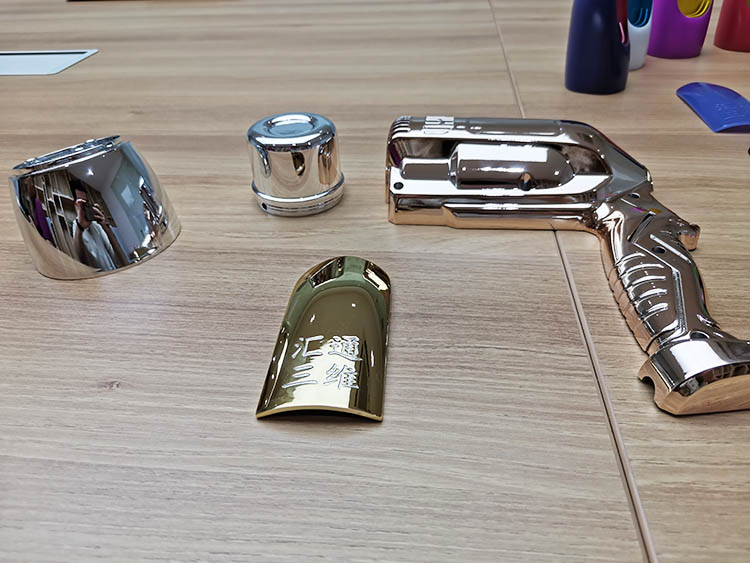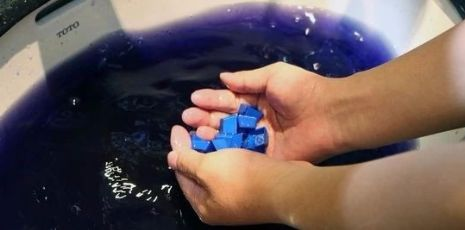
ペイントとカラーリング

1、スプレーペインティング
現在、スプレーペインティングは、3D印刷部品の主要な着色プロセスです。スプレー塗装とは、スプレーガンを使用して、ニトロセルロース、樹脂、顔料、溶媒などから作られた人工塗料を均等にスプレーして、物体の表面に均等にスプレーします。また、スプレーガンを必要とせずに、3Dプリント部品の表面に直接スプレーできるスプレー缶もあります。
スプレー缶は、主に高い接着、幅広い用途、優れた色の光沢を備えたオイルベースの塗料です。しかし、色は比較的単一であり、スプレー技術や塗料の乾燥などの要因により、マルチカラースプレーはより困難です。
散布後、空気乾燥して詳細を微調整する必要があるため、スプレーには3〜4時間かかります。製品効果の観点から、手動の習熟度、二次着色の習得、スプレーポイント接続などのさまざまな要因、強力な技術的要件も影響を受けます。製品の元の鏡面の影響を受けた色の光沢の観点から、光沢は電気めっきおよびナノスプレーコーティング効果に次ぐものです。
スプレー塗装と着色は費用対効果が高く、広く適用可能であり、多くの場合、同じ作業のために手描きと組み合わされます。

2.電気動物
電気めっきは、電気分解の原理を使用して、特定の金属表面に他の金属または合金の薄い層を堆積させるプロセスです。これは、電解を使用して金属膜の層を金属または他の材料部分に付着させ、金属酸化(錆など)を防ぎ、耐摩耗性、伝導性、反射率、耐性耐性(硫酸銅など)を防ぐプロセスです。 、および美学の強化。
電気めっきの色は少ないが、純粋な手動労働、塗装、浸漬染色では、光沢のある色の鏡と優れた外観を達成することはできません。

3.染色染色
主にナイロン素材の着色に使用されます。生産のコストは、純粋な手動の着色および塗装プロセスのコストよりも高くなっています。一般的に、それはモノクロであり、色はニーズに応じて選択して準備できます。最終製品は、比較的鈍い色と低い光沢を示しており、小さなバッチでの同時色を達成できます。